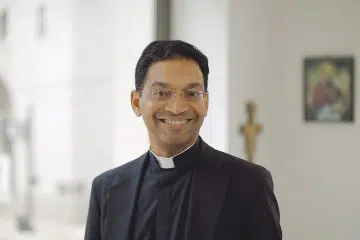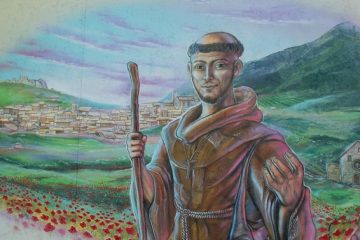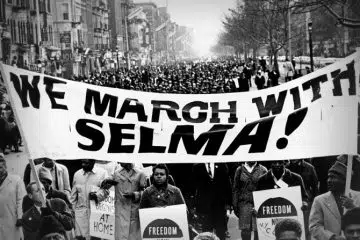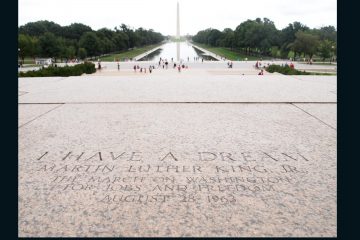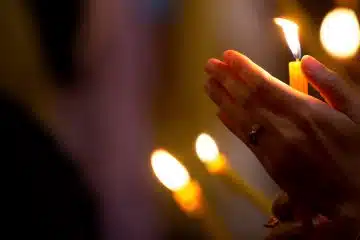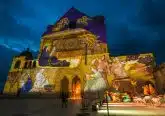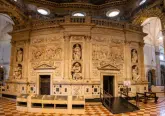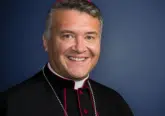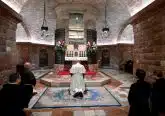Assisi is illuminated with Giotto’s frescoes this Christmas season
Assisi, Italy, Dec 17, 2021 / 15:17 pm
Saint Francis’ hometown of Assisi has once again been illuminated with Giotto’s frescoes this Christmas season.
The frescoes from the interior of the Basilica of St. Francis are being projected each night onto the town’s churches from Dec. 8 to Jan. 10.
Giotto (1267-1337) is the medieval artist credited with painting frescoes of the life of St. Francis as well as biblical scenes in the Basilica of St. Francis of Assisi.
Painted on the walls and ceilings, these images inside the basilica can be difficult to see. The light display allows passersby and virtual viewers to see Giotto’s work in greater detail.
Giotto’s Nativity is projected on the facade of the Basilica of St. Francis of Assisi, while the Annunciation is illuminated on the Cathedral of San Rufino. Both scenes also have life-size figurines displayed in front of the churches.
An adaptation of Giotto’s Visitation has been projected on the facade of the Basilica of Saint Clare and Assisi’s Abbey of Saint Peter features an illumination of the “Adoration of the Magi.”
Assisi first debuted its Giotto Christmas light display in December 2020, but Italy’s coronavirus restrictions last year prevented people from outside the region of Umbria from visiting Assisi during the Christmas season.
The Franciscan friars of Assisi have created a website that allows people unable to see the lights in person to view the Christmas display virtually with videos and spiritual reflections.
Assisi has a special connection with the tradition of nativity scenes. St. Francis of Assisi created the first nativity scene in 1223 in the nearby town of Greccio.
Pope Francis traveled to Assisi in 2019 to sign an apostolic letter, “Admirabile signum,” calling for nativity scenes to be more widely displayed in family homes and public places throughout the world.
The letter also details the story behind St. Francis’ first nativity scene, or crèche. The saint asked a friend 15 days before Christmas to help him prepare “to bring to life” the memory of Christ’s birth in Bethlehem.
“When St. Francis arrived, he found a manger full of hay, an ox and a donkey. All those present experienced a new and indescribable joy in the presence of the Christmas scene. The priest then solemnly celebrated the Eucharist over the manger, showing the bond between the Incarnation of the Son of God and the Eucharist. At Greccio there were no statues; the nativity scene was enacted and experienced by all who were present,” the letter explains.
Thomas of Celano, the first biographer of St. Francis, wrote that someone present at the Mass had a vision of the baby Jesus himself lying in the manger. “In a particular way, from the time of its Franciscan origins, the nativity scene has invited us to ‘feel’ and ‘touch’ the poverty that God’s Son took upon himself in the Incarnation. Implicitly, it summons us to follow him along the path of humility, poverty and self-denial that leads from the manger of Bethlehem to the cross,” Pope Francis wrote.


